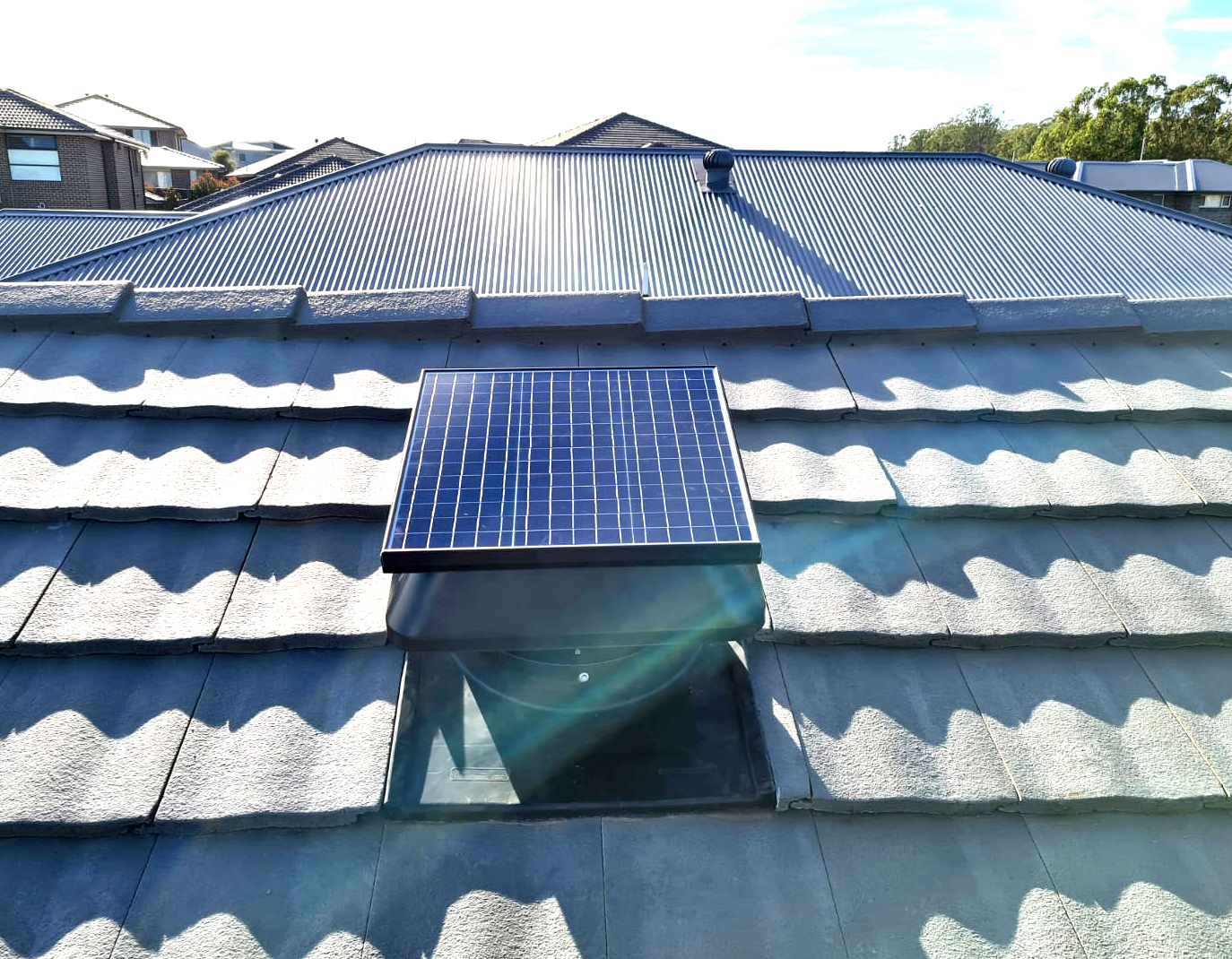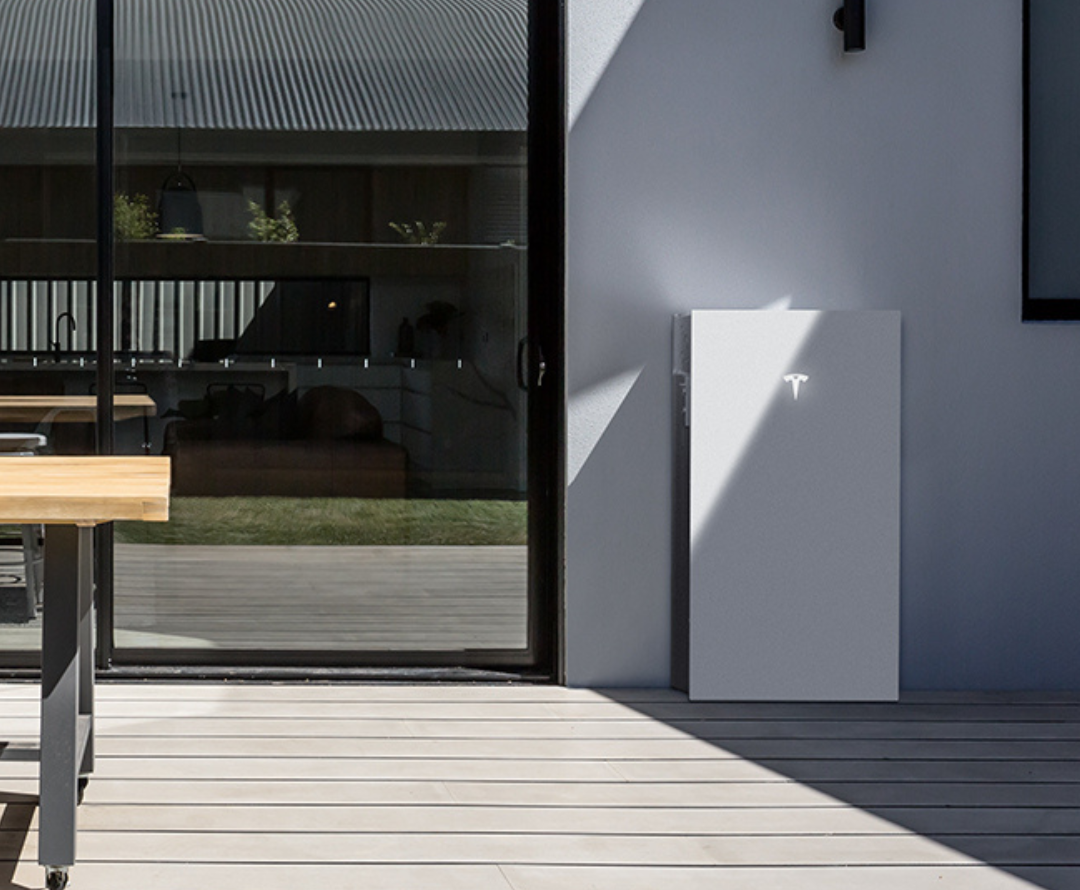Fresh air inside your home is something most of us take for granted until it’s not there. Poor ventilation can make a house feel stuffy, humid, and uncomfortable and in the long run it can even cause health and maintenance problems. Mould, lingering smells, and overheating roof spaces are all common signs that your home isn’t “breathing” properly.
A well-designed ventilation system can solve those problems by keeping air moving. In simple terms, ventilation is about getting fresh air in and pushing stale, humid air out. It does a lot more than just make a house feel nicer:
- It keeps the air fresh and easier to breathe
- Balances temperature and humidity
- Reduces odours and airborne pollutants
- Stops condensation and mould before they cause damage
There are different ways to achieve this airflow. Some rely entirely on wind and temperature differences while others use fans and mechanical systems to ensure a consistent result. At SolarBright, we focus on solutions that deliver noticeable comfort improvements without big running costs.
Below, we break down the three main types of roof ventilation systems and share which ones work best in different situations.
Solar-Powered Ventilation
How It Works
Solar-powered ventilation uses a rooftop solar panel to power a fan that extracts hot or damp air from your roof cavity. This is especially important because the roof space can become one of the hottest parts of your home often climbing past 60°C on a summer afternoon. That trapped heat radiates down into bedrooms and living areas, making your air-conditioner work harder. By constantly removing that hot air, a solar roof ventilator can drop the temperature inside by several degrees.
In winter, the same fan helps reduce condensation in the roof space. This matters because condensation can cause insulation to get damp, create mould on timbers, and eventually lead to structural issues if left unchecked.
Who It Suits
Solar ventilation is perfect for homeowners who want a “fit and forget” solution. It runs automatically whenever there’s sunlight, so you don’t have to switch anything on or worry about electricity bills. It’s ideal for anyone who wants to lower air-conditioning use in summer or simply make the house feel more comfortable all year.
Why We Recommend MaxBreeze
Our MaxBreeze Solar Roof Ventilators are built for Australian conditions. They’re quiet, efficient, and available in multiple sizes so we can match them from small homes to commercial warehouses.
The beauty of MaxBreeze is that it works hardest when it’s needed most which is on sunny, hot days when your roof cavity is at its worst.
Extra Options for 24/7 Comfort
For those who want constant airflow, MaxBreeze can be upgraded with an AC power adapter or a battery backup accessory kit. This allows the system to keep running on cloudy days or after sunset. If you have a home that heats up quickly or you simply want the reassurance of round-the-clock ventilation, these options are a fantastic option.
Mechanical Ventilation
How It Works
Mechanical ventilation uses mains-powered fans to either pull stale air out or push fresh air in. A roof ventilator can keep running well into the evening, clearing heat from the roof cavity long after the sun has gone down. Exhaust fans in bathrooms or laundries quickly clear steam so mould doesn’t have a chance to grow.
Who It Suits
This option is best for homes where ventilation is needed 24/7 or where natural airflow is limited. Think bathrooms with no windows, kitchens that produce a lot of cooking smoke or homes built in humid climates where breezes are rare.
Why We Recommend It
Mechanical ventilation can be used on its own or as a companion to a solar-powered system. By combining the two, you get free cooling during the day from solar power, and then fan-driven airflow that keeps working once the sun goes down. This combo is particularly effective in modern energy-efficient homes, which are often very airtight and need extra help to keep the air fresh.
Natural (Passive) Ventilation
How It Works
Passive ventilation relies on nature rather than power. This can be as simple as a fixed vent that allows warm air to escape or a wind-powered whirlybird that spins when there’s a breeze, pulling air out of the roof cavity.
Who It Suits
Mechanical ventilation is reliable and works in any weather condition, making it ideal for areas that need constant airflow.
Why We Recommend It
Although weather-dependent, passive systems can make a noticeable difference when combined with insulation and shading. For many homes, adding one or two passive vents is an affordable first step toward reducing roof cavity heat.
SolarBright’s Recommendation
Each of these systems has its place but if we had to choose one solution for most homes, we’d recommend a solar-powered roof ventilator.
Our MaxBreeze Solar Roof Ventilators turn on automatically when the sun is shining. No switches, no running costs, no hassle. With optional AC power or battery backup, you can have airflow 24/7, keeping your roof cavity cooler, drier, and healthier all year.
By lowering roof space heat, MaxBreeze helps take the load off your air-conditioner, making your home cheaper to run and far more comfortable. It’s one of the simplest upgrades you can make to boost your home’s energy efficiency.
Ready to Get Started?
Every home is different, which is why we always recommend a quick consultation before choosing a system. Our team will look at your roof design and budget to find the best option for you.
Get in touch with SolarBright today and see how MaxBreeze and our other ventilation solutions can transform your home.

